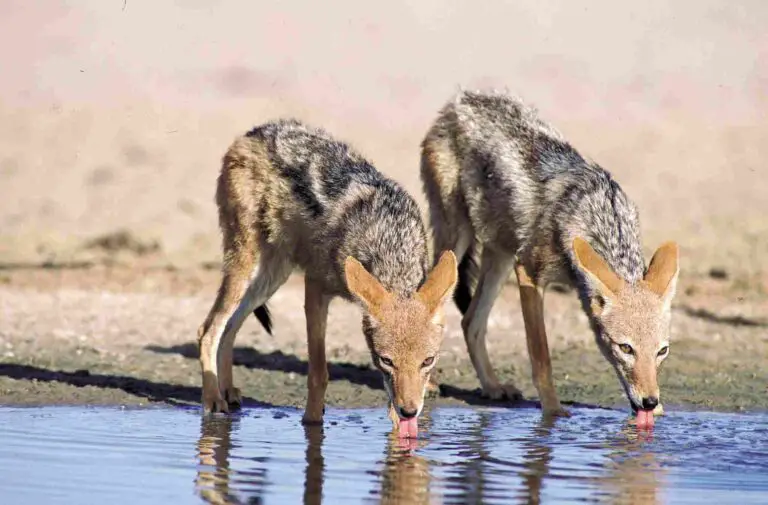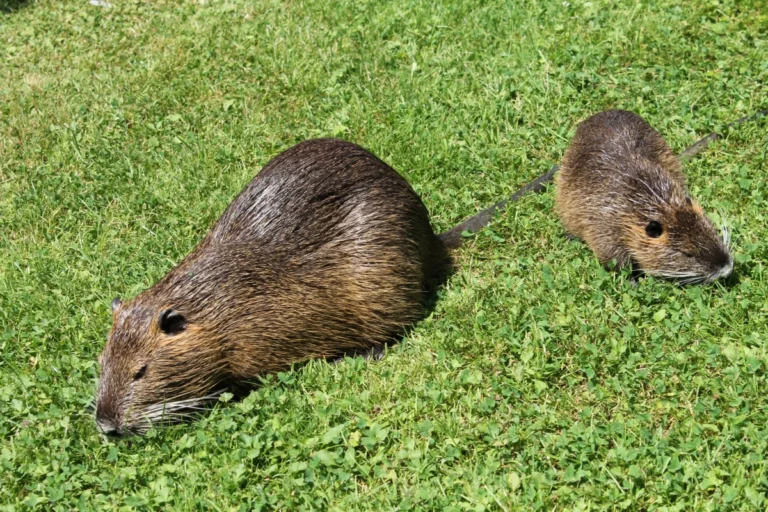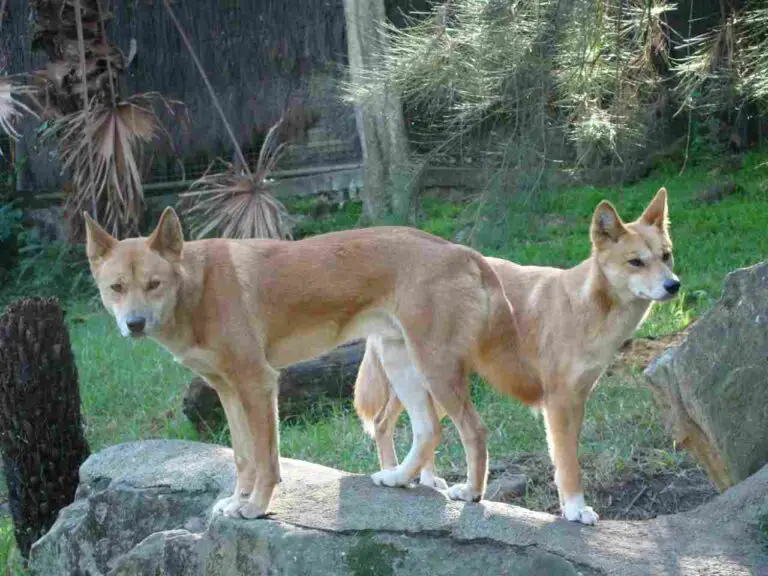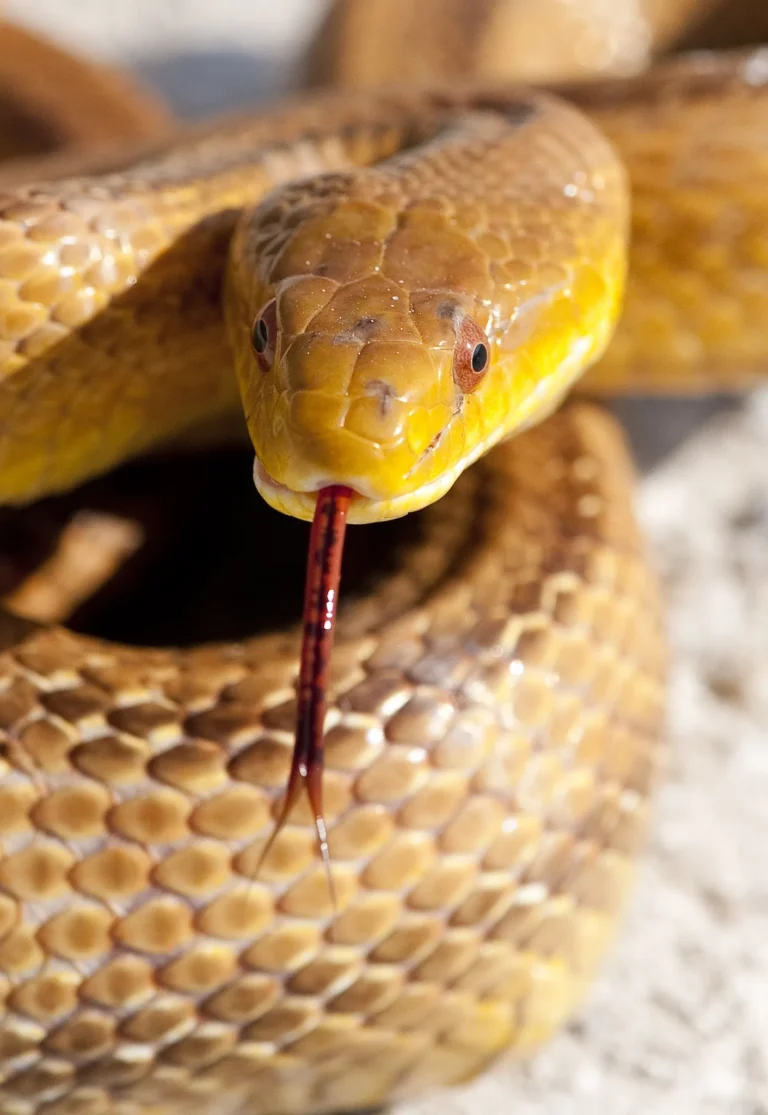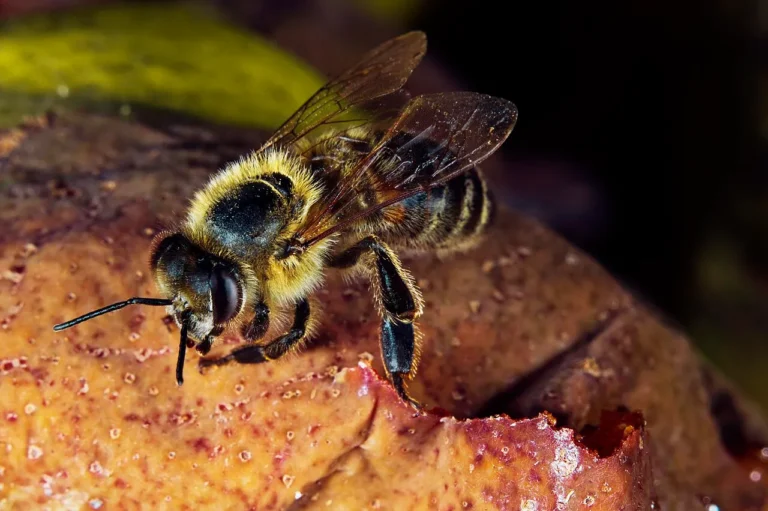Is a Black Bear a Primary Consumer? Black Bear Food Chain Position/Role
A black bear is not typically classified as a primary consumer in ecological food webs. While it primarily consumes plants, it also feeds on animal biomass, making it omnivorous. Additionally, due to its predatory attributes, superior size, and strength compared to other predators in its habitat, it is more accurately categorized as a tertiary consumer.
Reasons Why a Black Bear is Not a Primary Consumer
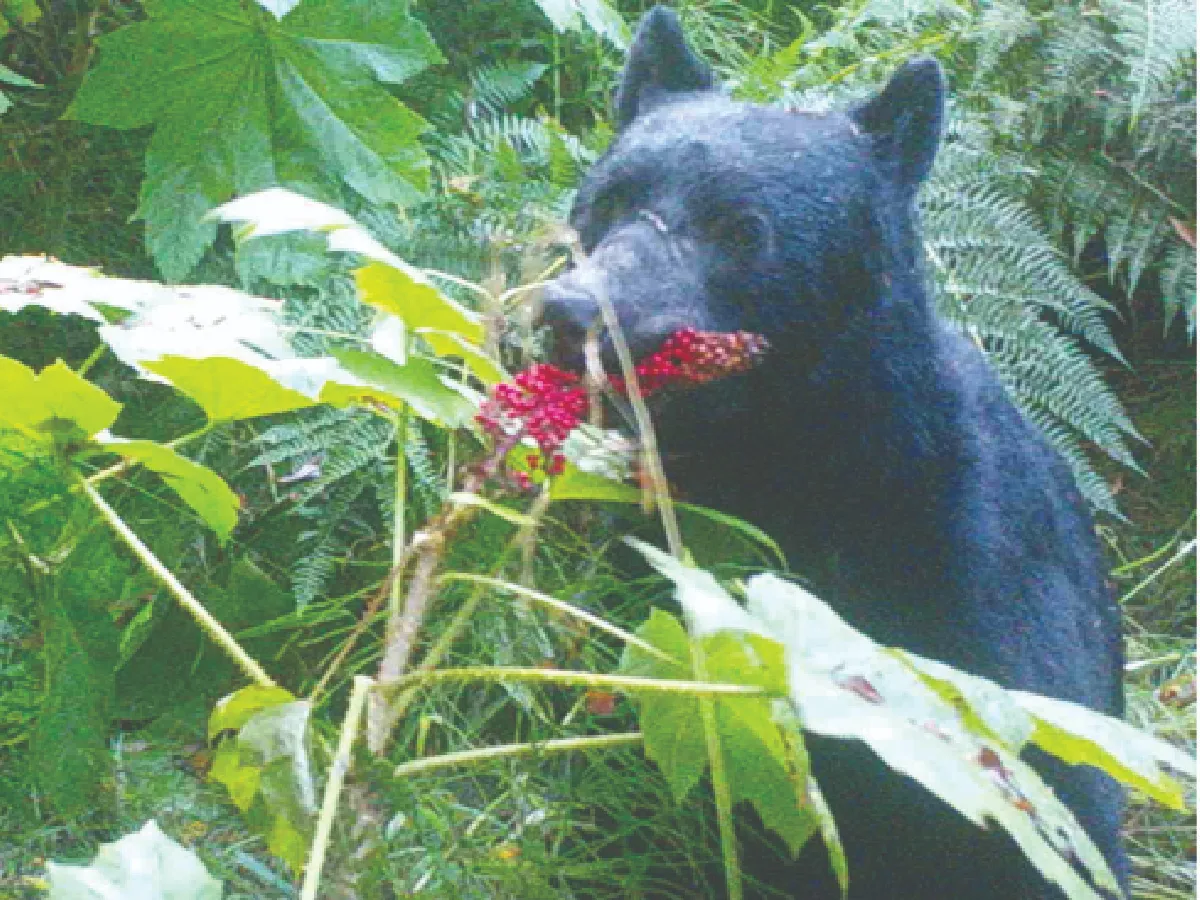
-
Omnivorous Diet: Black bears have a diverse diet that includes both plant and animal matter, making them omnivores rather than strictly herbivorous primary consumers.
-
Predatory Attributes: Despite consuming vegetation, black bears possess predatory characteristics such as hunting skills, sharp claws, and strong jaws, which are more characteristic of secondary or tertiary consumers.
-
Trophic Level: Black bears occupy a trophic level higher than primary consumers, typically found at trophic level 4 due to their ability to consume organisms from multiple trophic levels.
Conditions Where a Black Bear May be Classified as a Primary Consumer
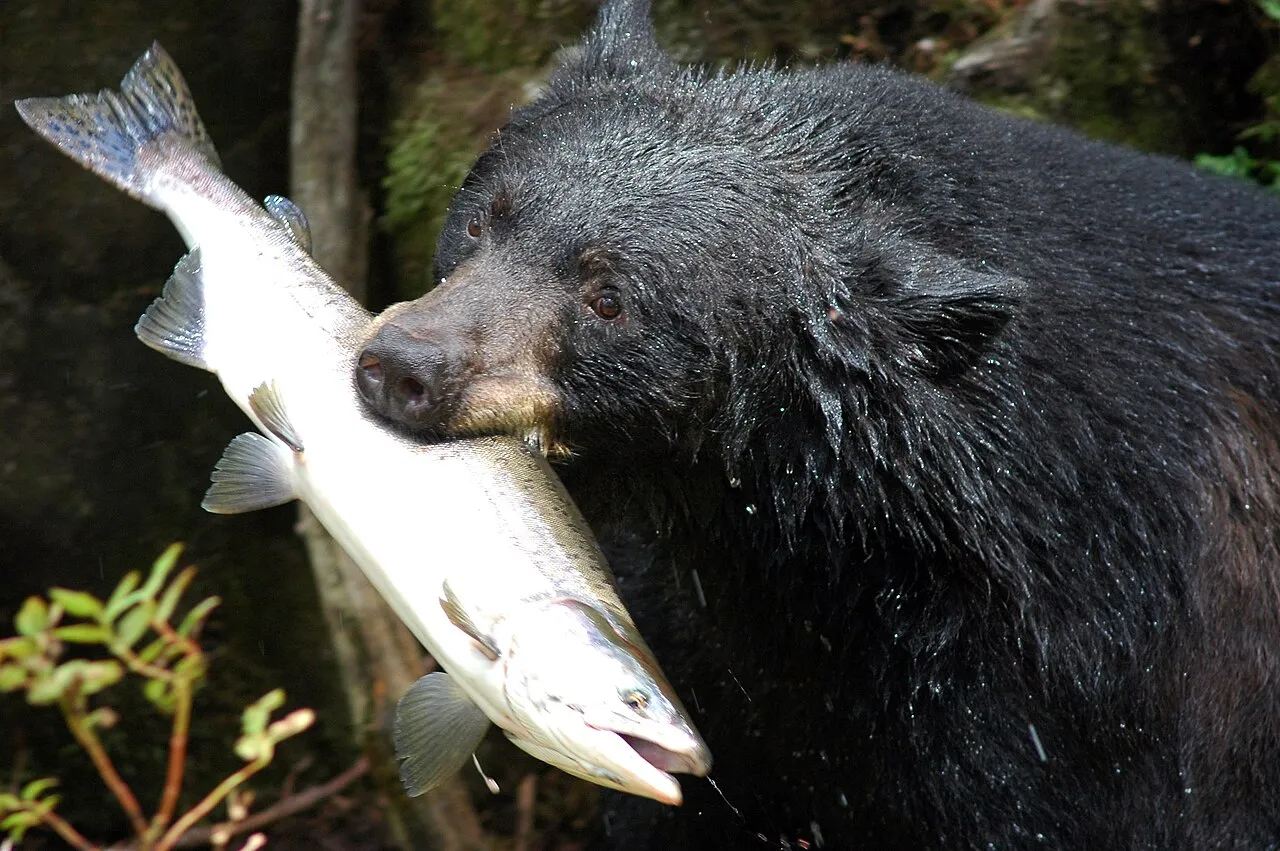
While black bears are primarily omnivores and are typically classified as tertiary consumers, there are certain conditions where they may exhibit behaviors or inhabit environments that could lead to their classification as primary consumers:
-
Scarcity of Animal Prey: In environments where animal prey is scarce or unavailable, black bears may rely more heavily on plant matter for sustenance, potentially behaving more like primary consumers.
-
Seasonal Variation: During certain seasons or specific environmental conditions, black bears may predominantly consume plant material, shifting their role in the food web towards that of primary consumers.
-
Young or Inexperienced Bears: Juvenile or inexperienced black bears may primarily feed on vegetation before developing the hunting skills and preferences characteristic of higher-level consumers.
These conditions highlight the flexibility and adaptability of black bears in their feeding habits and suggest that their classification within the trophic hierarchy can vary depending on ecological factors and individual behavior.
What Type of Consumer is a Black Bear?
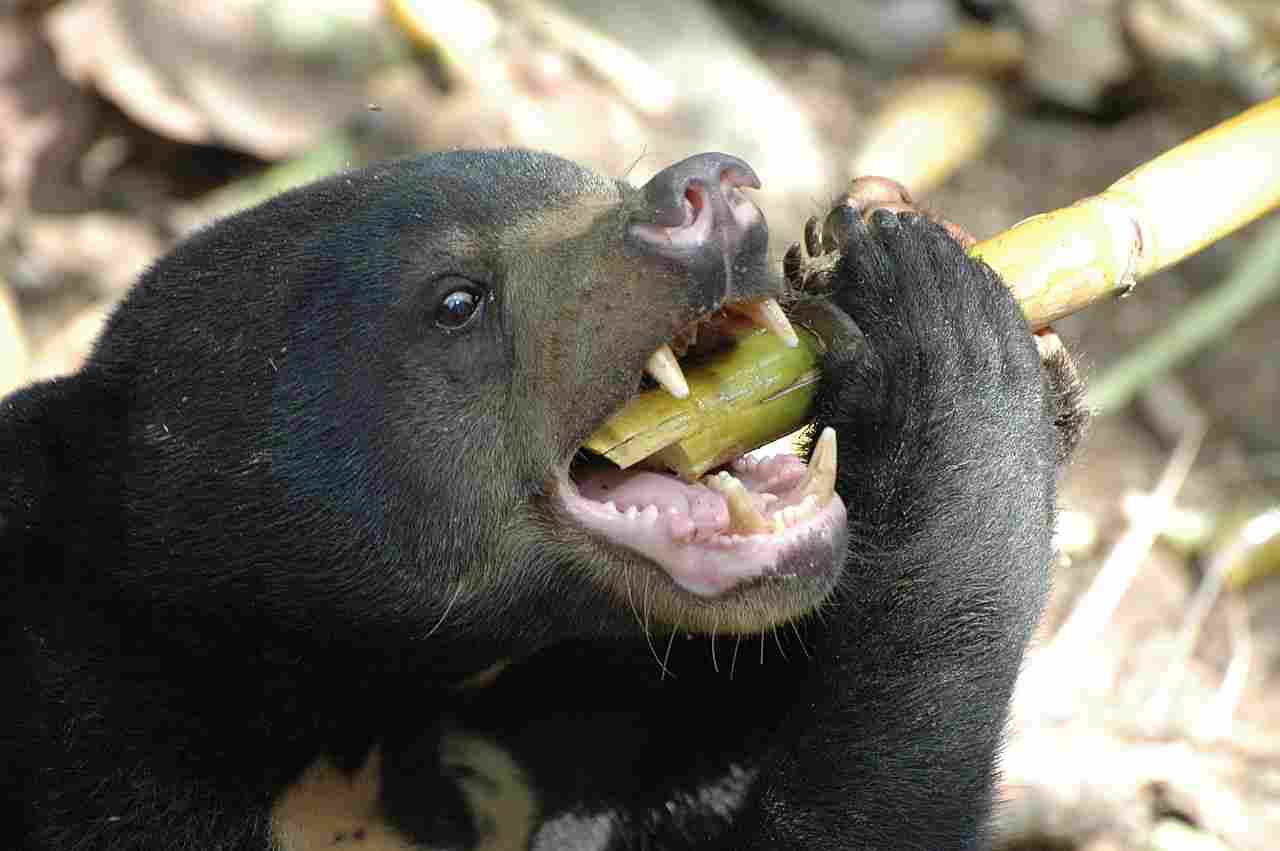
A black bear is primarily classified as a tertiary consumer in ecological food webs. This categorization is due to its omnivorous diet, which includes both plant and animal biomass. Additionally, the black bear’s predatory attributes, such as its hunting skills, sharp claws, and strength relative to other predators in its habitat, further support its classification as a tertiary consumer. While it may occasionally exhibit behaviors associated with primary consumption, its overall role in the food web places it at a higher trophic level.
Is a Black Bear a Tertiary Consumer?
Yes, a black bear is considered a tertiary consumer in ecological food webs. This classification stems from its predatory attributes, omnivorous diet, and position within the trophic hierarchy. Black bears primarily consume animal biomass, but they also feed on plant material, exhibiting traits of a tertiary consumer. Additionally, their size, strength, and hunting abilities place them at a higher trophic level compared to primary and secondary consumers in their habitat.
Reasons Why a Black Bear is a Tertiary Consumer
-
Predatory Attributes: Black bears possess characteristics typical of tertiary consumers, including hunting skills, sharp claws, and powerful jaws, enabling them to prey on animals.
-
Omnivorous Diet: While black bears consume a variety of foods, including plants, their ability to hunt and consume other animals places them higher in the trophic hierarchy as tertiary consumers.
-
Superior Size and Strength: Compared to other predators in their habitat, black bears often exhibit superior size and strength, allowing them to compete for and consume larger prey, further solidifying their classification as tertiary consumers.
These factors collectively establish black bears as tertiary consumers within their ecosystems, occupying a crucial role in the food web.
Black Bear Trophic Level
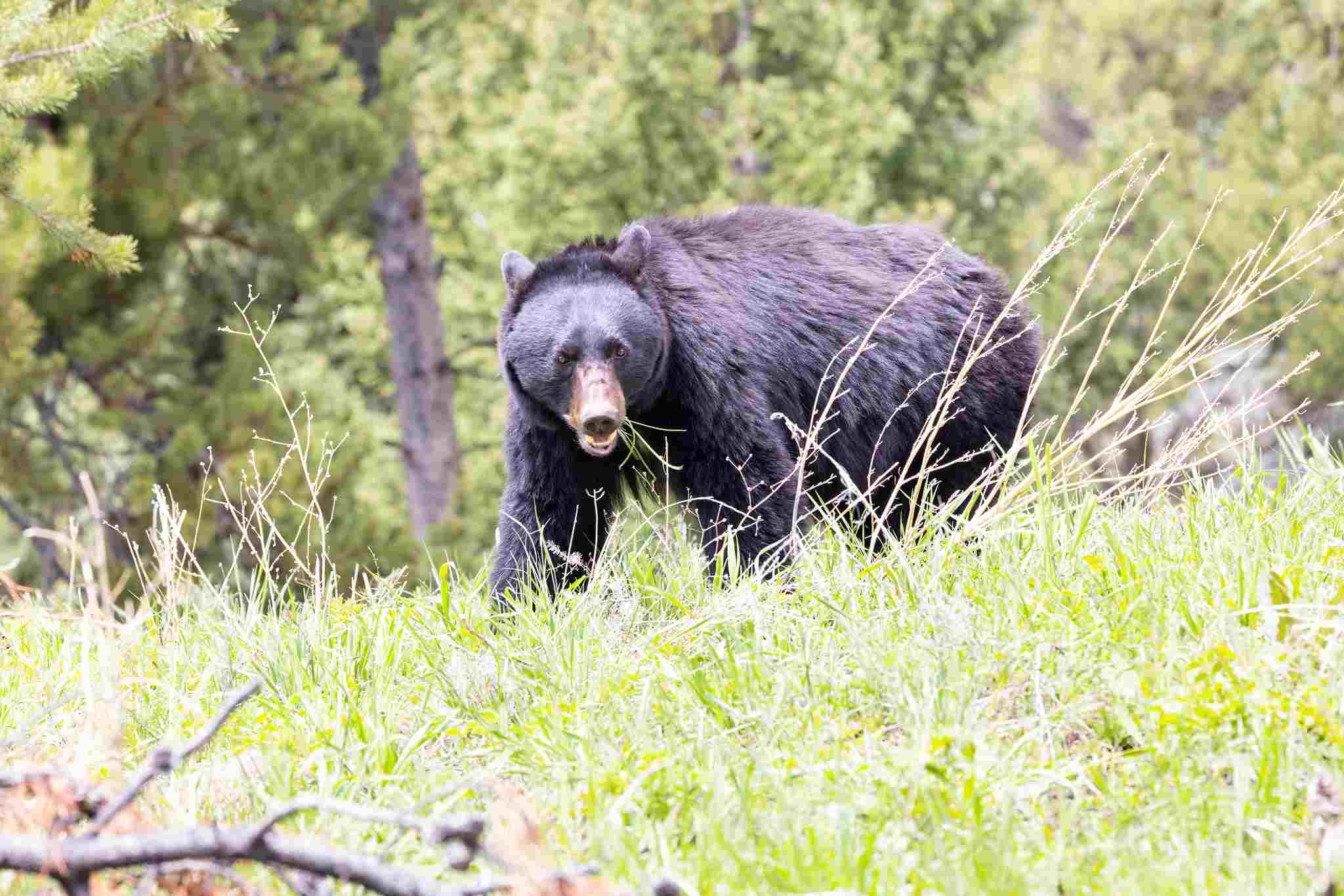
Black bears typically occupy a trophic level of 4 in ecological food webs. This designation reflects their position as consumers of organisms from lower trophic levels, including both plant and animal biomass. As tertiary consumers, black bears play a significant role in regulating populations of prey species and contributing to the overall balance and functioning of their ecosystems.
Is A Black Bear A First Or Second Consumer?
No, a black bear is neither a first nor a second consumer in ecological food webs. While it consumes vegetation and could be considered a primary consumer based on its omnivorous diet, its predatory attributes, including hunting skills and ability to consume other animals, place it at a higher trophic level. As such, black bears are more accurately classified as tertiary consumers.
Is A Black Bear A Secondary Consumer?
No, a black bear is not typically classified as a secondary consumer in ecological food webs. While it consumes both plant and animal matter, its predatory attributes and position within the trophic hierarchy place it at a higher trophic level as a tertiary consumer. Therefore, black bears are not considered secondary consumers in their ecosystems.
Reasons Why a Black Bear is Not a Secondary Consumer
-
Predatory Attributes: Black bears possess hunting skills, sharp claws, and strength, characteristics more typical of tertiary consumers rather than secondary consumers.
-
Omnivorous Diet: While black bears consume both plant and animal matter, their ability to prey on other animals places them at a higher trophic level as tertiary consumers.
-
Trophic Level: Black bears occupy a trophic level higher than secondary consumers due to their role in consuming organisms from lower trophic levels, including both plant and animal biomass.
These reasons collectively demonstrate why black bears are not classified as secondary consumers in ecological food webs.
Is A Black Bear A Primary Consumer Or Secondary?
A black bear is neither strictly a primary consumer nor a secondary consumer in ecological food webs. While it primarily consumes vegetation, it also preys on other animals, exhibiting omnivorous behavior. Due to its predatory attributes and position within the trophic hierarchy, a black bear is more accurately classified as a tertiary consumer.
What Consumers Do Black Bears Eat?
Black bears are omnivores, meaning they consume a variety of foods from both plant and animal sources. As such, they may eat a wide range of consumers depending on their availability and the black bear’s habitat. Some examples of consumers that black bears may eat include:
-
Small mammals such as rodents and rabbits
-
Birds and their eggs
-
Fish, particularly in regions near water bodies
-
Insects and other invertebrates
-
Carrion or scavenged carcasses of larger animals
The diverse diet of black bears allows them to adapt to different environments and seasons, making them opportunistic feeders within their ecosystems.
Is A Black Bear An Autotroph Or Heterotroph?
A black bear is a heterotroph. Heterotrophs are organisms that cannot produce their own food and must obtain nutrients and energy by consuming other organisms. As an omnivore, the black bear relies on both plant and animal biomass for sustenance, making it a heterotrophic organism.
Reasons Why a Black Bear is a Heterotroph
-
Omnivorous Diet: Black bears primarily rely on consuming both plant and animal matter for energy and nutrients, indicating their dependence on external food sources.
-
Inability to Produce Own Food: Unlike autotrophs, which can synthesize their own organic compounds from inorganic substances, black bears lack the ability to produce their own food through photosynthesis or chemosynthesis.
-
Consumption of Other Organisms: Black bears obtain their energy and nutrients by consuming other organisms, such as plants, animals, and carrion, reinforcing their classification as heterotrophs.
These reasons collectively establish black bears as heterotrophic organisms within their ecosystems, reliant on external food sources for survival.
Are Bears Omnivores?
Yes, bears are omnivores. They have a diverse diet that includes both plant matter and animal flesh. This omnivorous diet allows bears to adapt to various environments and seasons, making them versatile and opportunistic feeders within their ecosystems.
Reasons Why Some Bears are Omnivores
-
Adaptability: Bears inhabit a wide range of habitats, from forests to tundra, where they encounter diverse food sources. Their omnivorous diet allows them to adapt to different environments and seasons, maximizing their chances of survival.
-
Nutritional Requirements: Bears require a variety of nutrients to support their large size and energy needs. Consuming both plant and animal matter allows them to obtain essential nutrients such as proteins, fats, carbohydrates, vitamins, and minerals.
-
Opportunistic Feeding: Bears are opportunistic feeders and will consume whatever food is available and abundant in their surroundings. This includes fruits, berries, nuts, roots, insects, fish, small mammals, and carrion.
-
Energy Efficiency: In environments where plant foods are scarce or have low nutritional value, bears may supplement their diet with animal protein to meet their energy requirements more efficiently.
These reasons highlight the evolutionary advantages of being omnivorous for bears, enabling them to thrive in a wide range of ecological niches and exploit various food resources for survival.
*Summary
| Aspect | Description |
| Diet |
Omnivorous: Consumes both plant matter and animal flesh.
|
| Adaptability |
Bears can thrive in diverse environments and seasons due to their ability to adapt to different food sources.
|
| Nutritional Needs |
Obtains essential nutrients such as proteins, fats, carbohydrates, vitamins, and minerals from varied sources.
|
| Feeding Behavior |
Opportunistic: Bears feed on a wide range of foods including fruits, nuts, insects, fish, small mammals, etc.
|
| Energy Efficiency |
Omnivorous diet enhances energy efficiency, allowing bears to meet their energy requirements more effectively.
|
FAQs Related to Bears and Their Diet
Q: Are all bears omnivores? A: Yes, all bear species are omnivores, although the extent of their omnivorous diet may vary depending on factors such as habitat and season.
Q: What do bears primarily eat? A: Bears primarily eat plant matter such as fruits, berries, nuts, roots, and vegetation. However, they also consume animal flesh, including insects, fish, small mammals, and occasionally larger prey or carrion.
Q: Do bears hunt for their food or scavenge? A: Bears exhibit both hunting and scavenging behavior. While they are capable predators, they also scavenge for carrion and may opportunistically feed on carcasses left by other animals.
Q: How do bears find food in different seasons? A: Bears rely on their keen sense of smell to locate food sources. In spring and summer, they primarily forage for vegetation and insects, while in fall, they focus on consuming high-calorie foods such as nuts and berries to prepare for hibernation. During winter, they may enter a state of hibernation or reduce their activity while subsisting on stored fat reserves.
Q: Do bears pose a threat to humans due to their diet? A: While bears generally avoid confrontations with humans, they may become aggressive if they perceive a threat or if humans encroach on their food sources, such as by coming between a bear and its cubs or a bear and its food. Proper food storage and following bear safety guidelines can minimize the risk of conflicts between bears and humans.
